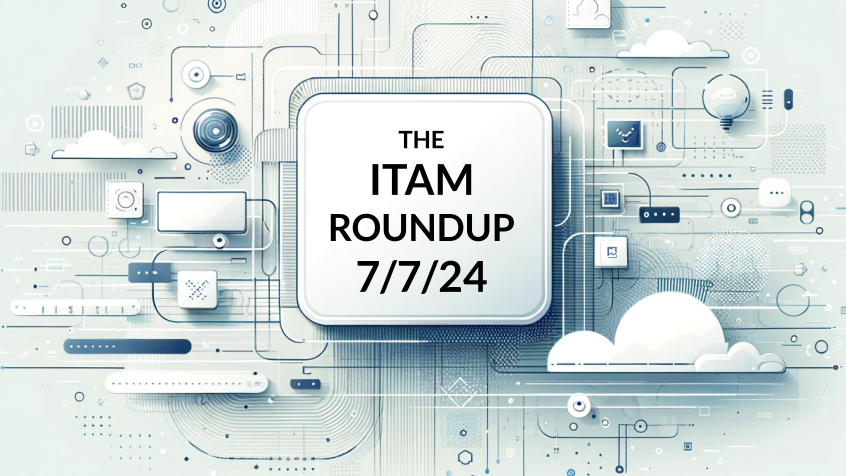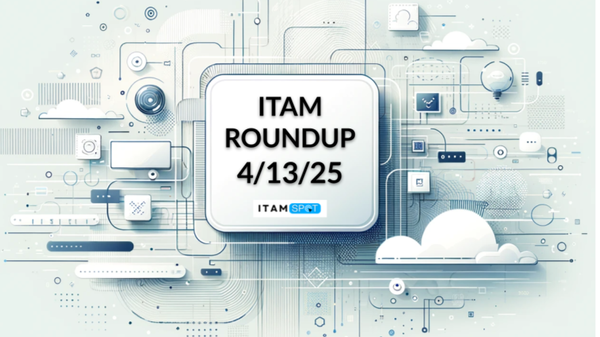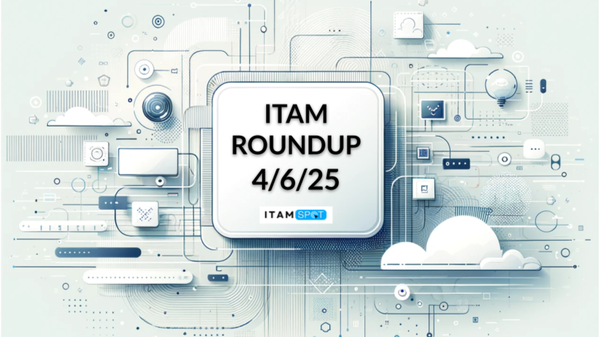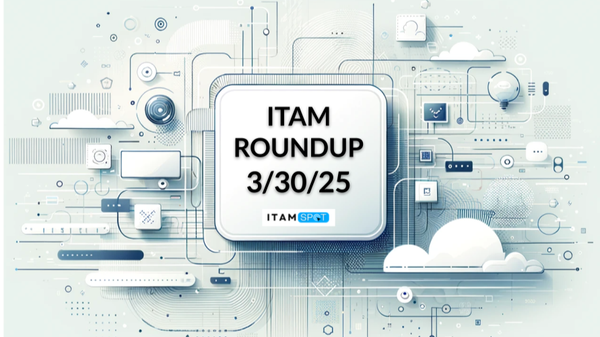The ITAM Roundup: 7/7/24

VMware license changes mean bare metal can make a comeback through 'devirtualization', says Gartner
Gartner's 2024 Hype Cycle for Data Center Infrastructure Technologies highlights Broadcom's licensing changes as a catalyst for "devirtualization," the migration from virtual to physical systems, due to rising costs of virtualization. Other emerging technologies include new types of memory like MRAM and ReRAM, network digital twins, off-grid power solutions including hydrogen-powered datacenters, and augmented reality for datacenter maintenance. While some technologies like edge computing and infrastructure automation are seen as failing to meet expectations, others like immutable and software-defined infrastructure are gaining traction toward productivity.
https://www.theregister.com/2024/07/03/gartner_datacenter_hype_cycle_2024/
Public sector to waste £300 million on restrictive cloud licensing – report
A report by the Social Market Foundation (SMF) estimates that restrictive software licensing will cost the UK public sector £300 million over the next five years, due to difficulties in switching providers and being locked into expensive deals. Sponsored by the Computer & Communications Industry Association and submitted to the Competition and Markets Authority, the report highlights that these licensing practices raise costs and hinder the UK from achieving its technological, economic, and security goals. The SMF emphasizes that this waste of taxpayer money, estimated at £60 million annually, could otherwise fund essential public services and improve national productivity.
Microsoft Licensing Update - July 2024
Microsoft's July 2024 Product Terms updates include removing Cortana and adding Azure AI Content Safety to Core Online Services, introducing Entra Internet Access and Private Access, and clarifying Azure fixed pricing exclusions. Dynamics 365 updates include a new Contact Center product requiring a Customer Service Enterprise license and a minimum purchase requirement for Dataverse Capacity. Additionally, Microsoft's redefined External User definition, effective October 1, 2024, clarifies licensing requirements for contractors, potentially reducing the number of licenses needed for contractors performing limited work.
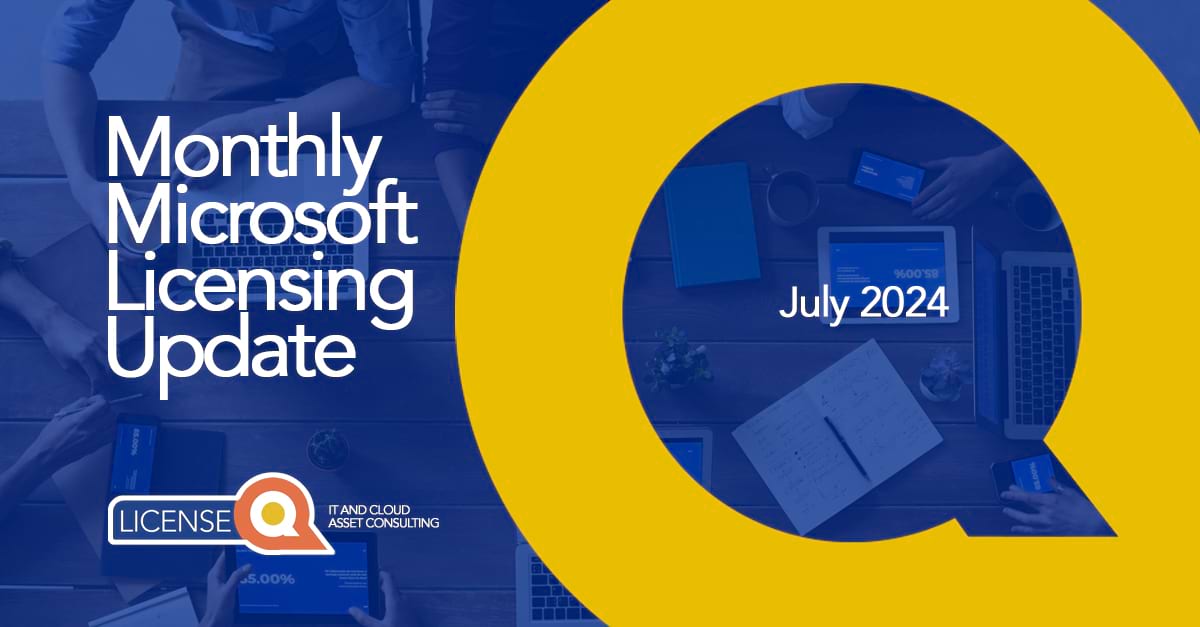
Cloud Migration Guide | Lansweeper
Cloud migration involves moving an organization's data, applications, and IT processes from on-premises infrastructure to cloud-based environments. The process offers benefits such as scalability, cost savings, flexible access, enhanced security, and disaster recovery options. Strategies for cloud migration include lift and shift, replatforming, and refactoring, each with its own advantages and challenges, while organizations can choose from public, private, or hybrid cloud deployment models based on their specific needs.
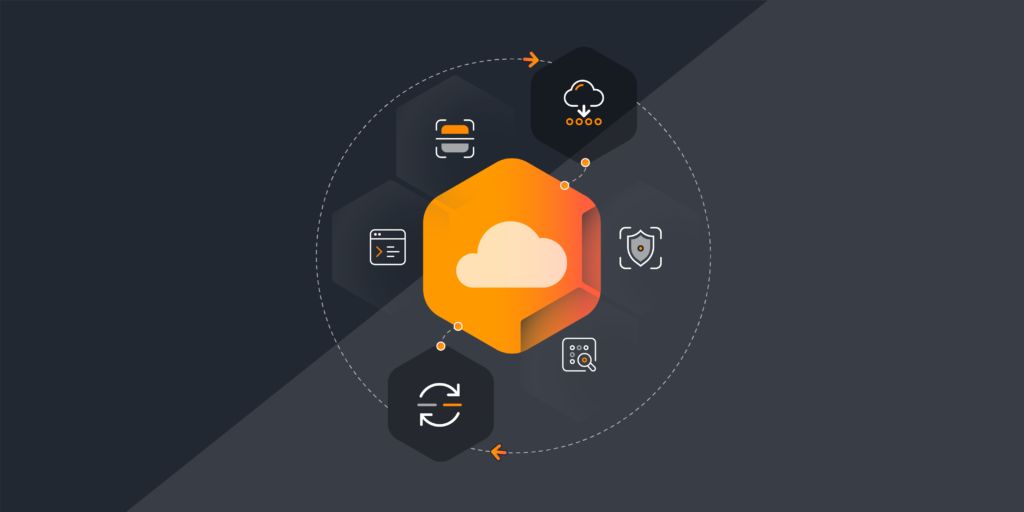
Our takeaways from a Forrester report: AI requires a rethink in Software Asset Management
A Forrester report highlights the need for a fundamental shift in Software Asset Management due to the advent of generative AI and machine learning. Successful SAM now focuses on continuous usage management, security, risk management, and cost optimization, moving beyond mere software audits and license compliance. Integrating GenAI and ML into SAM processes can enhance contract lifecycle management, compliance monitoring, and decision-making, making SAM more efficient and effective.

Oracle SAM Verified Program: 8 Situations to Avoid
Participating in Oracle’s Software Asset Management (SAM) Verified Program can lead to disadvantages in various scenarios, such as ULA renewal negotiations, accidental product use, and platform migration. This program might expose you to increased costs, reduced negotiation leverage, and stricter compliance requirements, especially for Java concerns and virtual platform compliance issues. Working with an independent partner offers benefits like higher negotiation leverage, cost reduction, and flexibility in licensing strategies, avoiding the pitfalls of the SAM program.
Understanding 'serverless' and 'serverful' computing in the cloud era
Serverless computing simplifies operational management by abstracting infrastructure tasks, allowing developers to focus on code and reducing costs through an execution-based cost model. In contrast, serverful computing provides more control and customization over infrastructure, making it suitable for applications requiring consistent, long-term resource allocation and stringent regulatory compliance. Balancing the advantages and trade-offs of both approaches is crucial, with the future of cloud computing relying on optimizing performance, efficiency, security, and agility by leveraging the strengths of both serverless and serverful models.

New Eldorado ransomware targets Windows, VMware ESXi VMs
A new ransomware-as-a-service called Eldorado, emerging in March, targets both Windows and VMware ESXi virtual machines, claiming 16 victims in sectors like real estate, education, healthcare, and manufacturing in the U.S. Researchers from Group-IB noted Eldorado's unique development, encryption methods using ChaCha20 and RSA algorithms, and its ability to encrypt network shares and delete shadow volume copies to prevent recovery. To defend against such threats, Group-IB recommends implementing multi-factor authentication, using Endpoint Detection and Response (EDR), regularly backing up data, applying security patches, and training employees to recognize cybersecurity threats.

